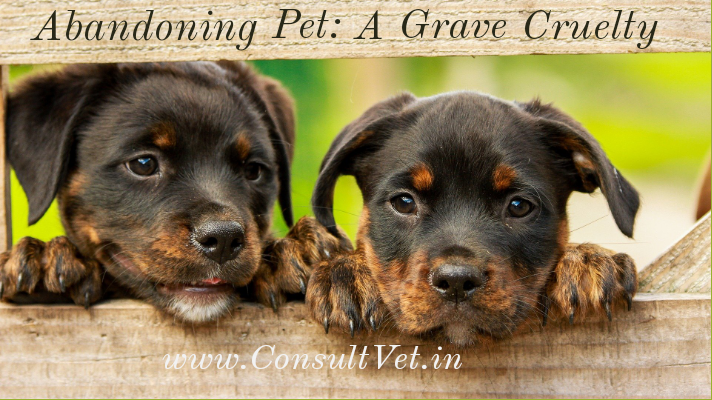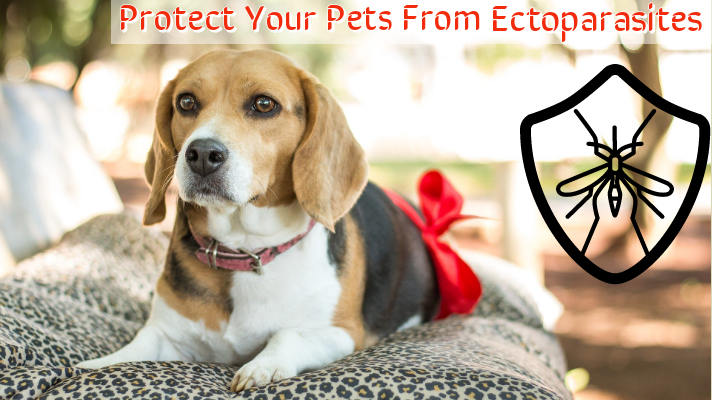Do you know, unlike you, your pets (dogs and cats) don’t need regular baths? You wish it was the same for you too, but I am sorry lazy bud, go get up and take a bath.
Your pet’s skin is different from the skin you’re in so eventually, it needs to be taken care of in a different manner.
On average, your pet needs water play every 10 – 15 days in summers and 20 – 30 days in winters. If you feel that he is stinky or dirty in between, you can use dry shampoos or wet wipes specially manufactured for your pet.
Pets don’t need daily baths because unlike us, they don’t have sweat glands on their body (except paws), so it takes 3 – 4 days for them to make a layer of oil on the skin which protects them from the invisible microbe army in the external environment ready to infect them, and by frequent bathing, you are not allowing their body to make that layer and inviting the skin problems which include dry and flaky skin, dull hair coat and hair fall with open arms.
Make the experience as pleasant as possible, otherwise, you will not be able to find your pet around you whenever he hears “bathing time.”
Dancing under a shower works well for you, but not for your little friend. It takes 5 equally important steps for a pet to enjoy this bathing ritual.
Brushing – the beginning
The bathing process doesn’t start with splashes of water, rather with a gentle cuddle and brushing your pet. Always Comb your pet’s coat with a brush suitable for his hair length. Here, the direction of brushing is the key. Use the brush in the direction of the hair and remove all the tangled hair. You don’t need to be rough, gentle brushing and cuddles will do it for your little munchkin.
Plug the ears
Before pouring any water, it is better to plug the ears with cotton. It provides great help by absorbing moisture in case of any accidental water spillage in the ears. Otherwise, this water will provide a cozy comfy home for Bacteria to grow in the ear, ultimately leading to an ear infection which will result to head shaking, head tilting, and in severe cases scratching.
Water game is on!
Here comes the step we waited for. Always use lukewarm water to make your pet comfortable. Now wet the body from tail to neck. Take pet shampoo, apply it to the body, and lather it. Enjoying? Be gentle, and your pet will enjoy it too. The quantity of the shampoo to be used vary from shampoo to shampoo. Generally, medicated shampoos have less lather than normal shampoos. So take care, do not overuse a shampoo just to enjoy the froth. Do your dishes, the dishwashing liquid too will lather. Enjoy it there.
The Head should be cleansed after the body and with light hands. No hustle on the head, you will never want your pet to hate baths. Right? Wait for 10 – 15 minutes for the shampoo to get absorbed by the skin. After 15 minutes, rinse the head first and then the body. You can use a conditioner after shampoo or nowadays shampoo and conditioner combinations are also available in the market.
Drying – a crucial step
Generally, this is the step where most people go wrong. Either they will just dry their pet with a swipe of a towel or will leave him to the universe for natural drying. Why this step is crucial because if not dried properly then he might get sick, and then you will complain “My pet is not active after bathing.” You need to take care of him to stay all active.
So, always use a hairdryer for this purpose. It is possible that your pet will get afraid of the noise generated by the drier initially. But he will get used to it if done in the right way and is introduced at an early age.
Brushing – the conclusion
You thought it’s over? No buddy, here is the closure. After drying use a brush suitable for your pet’s breed and brush again in the direction of the hair. This will remove any tangled hair left on the body. The coat will appear silky smooth now and your pet is ready for a shampoo advertisement. Now it’s time for your pet to flaunt his silky, smooth, and shiny hair to the world. Go take your pet for a walk and show the world what cuteness combined with happiness looks like.









